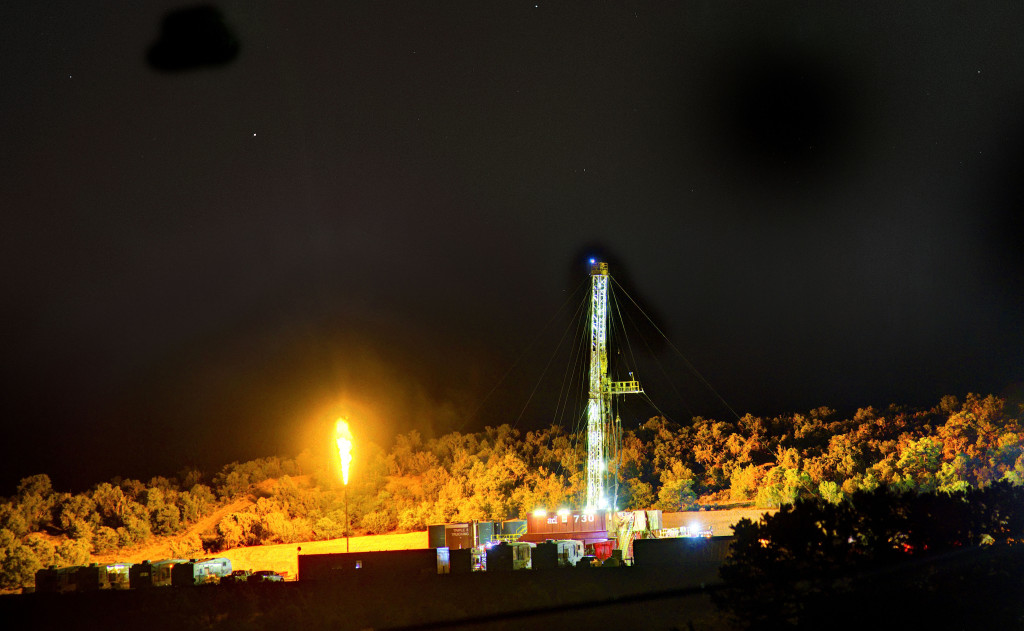Call Us
News
Methane Emissions from Oil & Gas Industry much Higher than EPA Estimates

 High methane emissions undermine the argument that natural gas is better than coal in terms of its contribution to climate change. A recent study has found that 13 million metric tons of methane a potent greenhouse gas is emitted into the atmosphere by the oil and gas industry in the US every year. This figure is 60% higher than estimates put forward the the US Environmental Protection Agency (EPA). A significant proportion of the emissions were the result of leaks, malfunctioning equipment, and other operating conditions deemed "abnormal". According to the researchers, the results show that the climate impact of methane leaks from oil and gas operations in 2015 was more or less equivalent to that of CO2 emissions from all the coal-fired power plants operating in the US during the same period.
High methane emissions undermine the argument that natural gas is better than coal in terms of its contribution to climate change. A recent study has found that 13 million metric tons of methane a potent greenhouse gas is emitted into the atmosphere by the oil and gas industry in the US every year. This figure is 60% higher than estimates put forward the the US Environmental Protection Agency (EPA). A significant proportion of the emissions were the result of leaks, malfunctioning equipment, and other operating conditions deemed "abnormal". According to the researchers, the results show that the climate impact of methane leaks from oil and gas operations in 2015 was more or less equivalent to that of CO2 emissions from all the coal-fired power plants operating in the US during the same period.
"This study provides the best estimate to date on the climate impact of oil and gas activity in the United States," said co-author Jeff Peischl, a CIRES scientist working in NOAA's Chemical Sciences Division in Boulder, Colorado. "It's the culmination of 10 years of studies by scientists across the country, many of which were spearheaded by CIRES and NOAA."The study, which was recently published in the scientific journal Science, analyzed measurements taken from over 400 well pads located within six oil and gas production areas as well as many midstream facilities serving the industry. Measurements were taken from tanks, valves and other types of equipment used in the industry. In addition, aerial surveys were conducted, covering an extensive area of the US landscape where oil and gas operations are located. The study, which was organized and funded by the Environmental Defense Fund, involved scientists from sixteen scientific research institutions, including researchers from the University of Texas Austin and the University of Colorado Boulder. Methane gas, the key component of natural gas, is one of the most potent greenhouse gases. Its impact on climate warming can be more than eighty times higher than that of CO2 when measured over the short-term (20 years). According to this study, total US methane emissions are estimated to be around 2.3% of production, which is sufficient to undermine the proclaimed climate benefits of transitioning from coal to natural gas over the last twenty years. Besides the environmental cost, these methane leaks, which could provide heat to 10 million US homes, also have a financial cost, which the Environmental Defense Fund estimates to be around US$2 billion.


